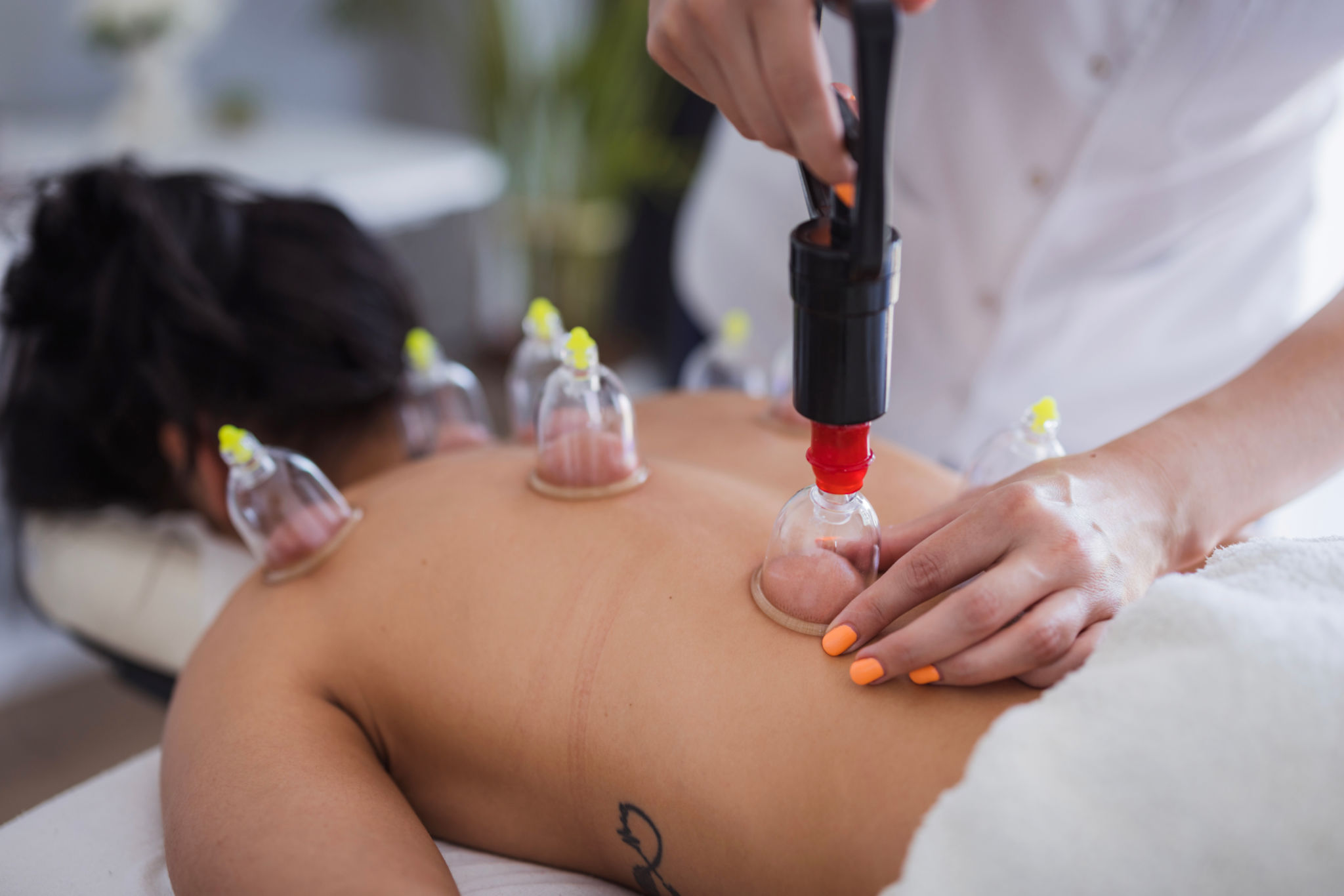How to Choose the Right Protective Rehab Gear for Your Patients
Understanding the Needs of Your Patients
When it comes to selecting the right protective rehab gear for your patients, understanding their specific needs is crucial. Each patient will have unique requirements based on their injury, recovery stage, and physical condition. Identifying these needs is the first step in ensuring they receive the best care possible. This involves a thorough assessment of their physical and functional capabilities.
It's essential to have open communication with your patients to understand their comfort levels and any particular concerns they might have. Engaging them in this process not only helps in choosing the appropriate gear but also empowers them in their rehabilitation journey.

Types of Protective Rehab Gear
Rehabilitation gear comes in various forms, each designed to aid recovery and provide protection. Common types include braces, supports, orthotics, and compression garments. Braces are typically used to stabilize joints and protect them from further injury. Supports, on the other hand, help maintain proper body alignment.
Orthotics can be customized to fit the patient’s specific needs, providing support and correcting biomechanical foot issues. Compression garments are often used to improve circulation and reduce swelling during recovery. Understanding these different types of gear is essential in making an informed decision.

Considerations for Customization
Customization can play a significant role in the effectiveness of rehab gear. Personalized gear ensures a better fit and more effective support, which can significantly enhance the recovery process. Factors to consider for customization include the patient's body measurements, the specific area of injury, and any personal preferences regarding material and design.
Custom gear can be more expensive, but the benefits often outweigh the costs. It is important to discuss these options with your patients and consider their insurance coverage or budget when making decisions.

Evaluating Product Quality and Safety
Quality and safety should never be compromised when selecting protective rehab gear. It's vital to choose products from reputable manufacturers known for their commitment to quality and safety standards. Checking for certifications and reviews can provide insights into the reliability of the gear.
Durability is another factor to consider. The gear should withstand regular use without showing signs of wear and tear quickly. Ensuring that the materials used are breathable and hypoallergenic will also contribute to patient comfort and compliance.
Balancing Cost and Effectiveness
While it might be tempting to opt for less expensive options, it’s important to balance cost with effectiveness. Cheaper alternatives might not offer the necessary support or durability, potentially prolonging the recovery process. Therefore, investing in high-quality gear is often more cost-effective in the long run.
A cost-benefit analysis can help determine the best option for each patient. Consider factors such as expected duration of use, potential for recovery acceleration, and overall patient satisfaction when evaluating options.

Conclusion: Making the Right Choice
Choosing the right protective rehab gear involves a comprehensive understanding of your patient's needs, the types of available gear, customization options, quality assessments, and cost considerations. By thoughtfully considering each of these aspects, you can ensure that your patients receive optimal care during their rehabilitation process.
Ultimately, your goal is to support your patients in achieving a safe and efficient recovery. By providing them with well-suited gear, you play a crucial role in their journey toward improved health and mobility.